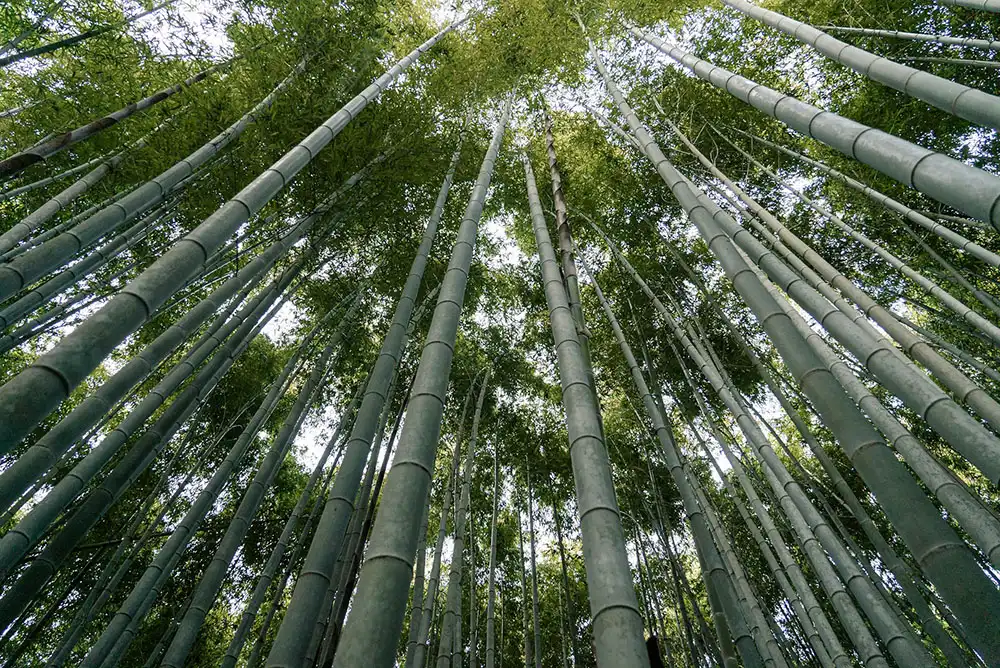
01 Aug Precision and Reverence: Meeting the Demands of KSK with Chikushin Quality
At Chikushin Shakuhachi, we consider it an honor and responsibility to meet the exacting standards of the Kinko School (KSK) tradition. The expectations of KSK players are steeped in precision, shaped by centuries of refinement, and charged with a reverence for lineage. Our instruments are crafted with the utmost care and commitment to fulfill those standards—technically, tonally, and aesthetically.
Meeting the Demands of KSK: Bore Shaping with Discipline
The Kinko School demands exacting attention to the internal bore profile. The bore is where sound is born and shaped, and where any compromise means a compromise in the music itself. We approach bore shaping not simply as a technical task, but as a meditation on continuity, balance, and resonance. Each flute undergoes detailed and methodical shaping, guided by traditional Kinko formulas and modern acoustic verification, to ensure it will perform with the stability and clarity that KSK players require.
Our process is deliberate and controlled. Measurements are taken repeatedly, and the bore is shaped in fine increments—sometimes to within a fraction of a millimeter—until it reaches the standard KSK profile we’ve committed to uphold. These measurements aren’t arbitrary; they are the product of lineage, and we treat them with respect.
Utaguchi: Where Tone Begins
One of the most defining aspects of KSK tone is its crispness and focused warmth. Much of this quality emerges at the utaguchi—the blowing edge. That’s why we pay meticulous attention to its angle and depth. Every Chikushin Shakuhachi is shaped to a standard that honors the Kinko aesthetic: a balanced cut that provides the ideal resistance and response, allowing for expressive meri-kari technique and powerful tone projection.
We’ve learned firsthand how even a minor variation in the utaguchi’s angle can completely alter the tonal balance. We maintain a consistent standard, rooted in traditional KSK expectations, and test every instrument to ensure the sound speaks cleanly and confidently from the lowest RO to the highest HI.
Navigating the KSK Aesthetic: More than Just Sound
Crafting for KSK musicians means more than just tuning and shaping. It means delivering an instrument that feels—and looks—like it belongs in the lineage. Aesthetics matter. KSK players often expect a certain weight, balance, and visual symmetry. The lacquer work inside the bore, the placement of nodes, the balance in the curvature—all must align with the traditional visual and tactile cues of the school.
Our expert precision is where our background in traditional Japanese shakuhachi crafting makes a difference. We’re not guessing. We were taught by masters who themselves upheld these standards for decades. Our work is not innovation for innovation’s sake—it’s about preservation, integrity, and refinement.
Quality Control the Chikushin Way
We don’t release an instrument until it plays—and feels—like a professional KSK shakuhachi should. Every Chikushin flute undergoes rigorous tonal testing, tuning verification (between 440–442 Hz standard), and aesthetic inspection. We evaluate meri notes, dynamic control across octaves, response speed, and how the flute performs under the fingers of actual KSK-trained musicians.
We also document the bore dimensions of every completed flute, allowing us to trace and verify the tuning accuracy and performance lineage of each instrument. Our standards are personal. If it doesn’t meet the expectations of our mentors—or ourselves—it doesn’t leave the shop.
The Influence of Mentorship
Much of our ability to serve KSK players at the highest level comes from the guidance of our Japanese teachers. From Kakizaki Kaoru’s meticulous attention to bore refinement to the tonal ideals passed down from Shingo Kimura and Kazushi Matama, every lesson we absorbed became part of how we build. These teachings weren’t theoretical—they were direct, hands-on, and often delivered through hours of quiet repetition and rigorous self-correction.
Our Los Angeles training, balanced by years of study in Japan, enabled us to blend discipline with a deep cultural understanding. This blend is what makes Chikushin flutes both modern in consistency and timeless in character.
We carry a deep respect for the Kinko School tradition and the artists who devote themselves to it. At Chikushin, we meet those players not just with craftsmanship, but with reverence. Our aim is always to build instruments that allow their voices—and their lineage—to sing clearly, powerfully, and beautifully. Contact Chikushin Shakuhachi to begin your journey with a flute built for the KSK tradition.


